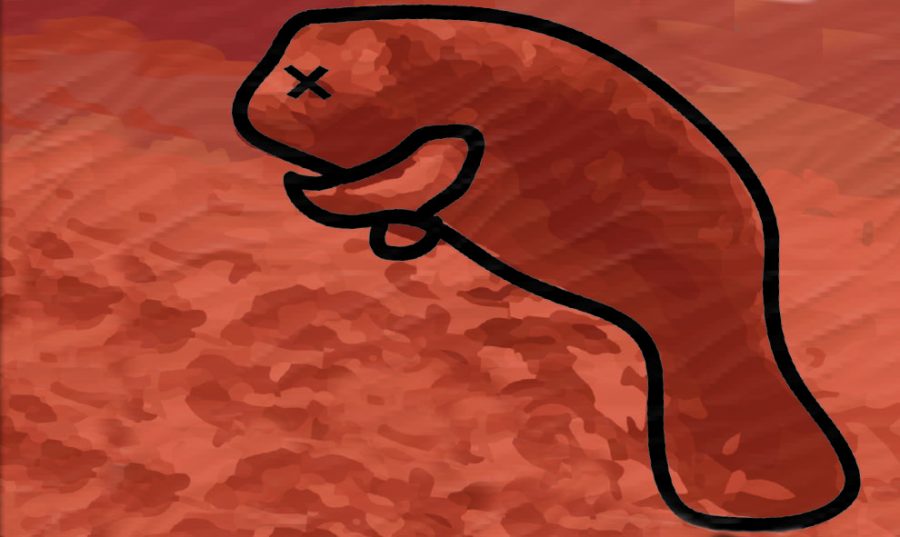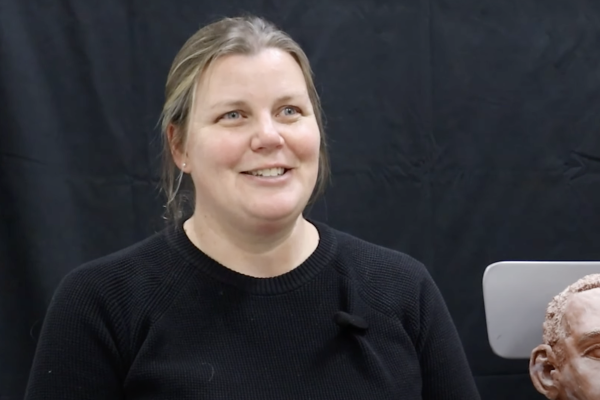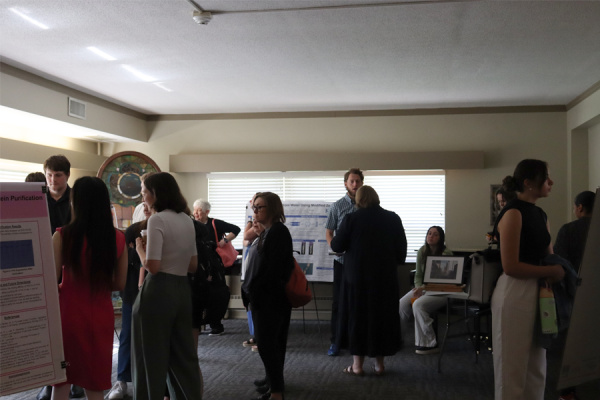Ocean cleanup begins this month
A giant cleanup of waste in the ocean will begin in the Pacific on Sept. 8. The Ocean Cleanup is a project created by Boyan Slat that has been five years in the making, has seen 300 scale models and plans to launch a 2,000 foot floater that can collect roughly five gallons of trash per month.
Slat, now 24, began this effort following a dive trip to Greece while he was 16 years old.
“I realized I came across more plastic bags than fish,” Slat said.
Right now, The Ocean Cleanup is targeting The Great Pacific Garbage Patch (GPGP) — the largest offshore plastic accumulation zone in all of the oceans. It is estimated to be 80,000 tons and carrying 1.8 trillion pieces of plastic — over 500 jumbo jets in weight.
By removing plastic while it is still whole, the project hopes to ensure harmful toxins do not escape into the ocean, and potentially the water and food sources of humans through their travel up the food chain.
The organization claims they are in a hurry because “there’s so much harm that could happen with this plastic that’s floating out there.” The latest study on ocean plastic has found that the sea is likely to contain more plastic than fish by 2050.
System 001 is the beta system of The Ocean Cleanup and cost $24.6. It will be monitored by organization so that an upgraded task force will be available to skim the designated areas of the sea in about a year and a half.
The goal of the project is to decrease 50 percent of the GPGP in five years and 90 percent by 2040. Currents carry the vessel, meaning that it can easily travel back to shore every few months for sorting and removal. After the plastic is collected, plans are in place to reuse the material rather than dispose of it elsewhere.
Eben Schwartz, the marine debris program manager for the California Coast Committee is unsure of whether or not the plan will work.
“I’ve met with the project and with Boyan Slat, and they’ve done an enormous amount of work and I think they have the best of intentions with this project, and I hope it works,” Schwartz said. “My concerns are that the focus on this project can have negative consequences in that it distracts us from the real problem, because this is a huge problem and there is no one solution.”
Schwartz stated that the cleanup effort is wonderful, but that the real focus should be on addressing where the waste is coming from to ensure that it is stopped at the source. He also believes there should be a worldwide effort to invest in infrastructure that would capture trash before it enters the sea.















